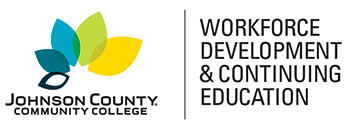1 Getting Started
Get started by learning where the Web is and how it works. In this lesson, you will learn some important concepts and terminology, and hopefully clear up some buzzwords you may have heard but not quite understood. Then, get started creating your first website.
2 Create Your First Web Page
Today, you'll create your first Web page. You'll learn how to add tags and content to your page, view your page in a browser, reopen it in an editor to make additions and changes, save those changes, and then view the updated page in a Web browser. These skills will apply to every Web page you ever create, and they'll get you started on creating any page you can imagine.
3 Formatting Text
In today's lesson, you'll learn to beef up your pages with the design elements that you see in most websites. First, you will learn how to add headings, paragraphs, numbered lists, and bulleted lists to your pages, and the secrets to adding special characters like © and &trade. Finally, you'll discover how to add links to other peoples' pages and to other pages within your own site.
4 Fun With Pictures
Here's your chance to add some visual excitement to your website! This lesson covers the basics about adding pictures to your Web pages. You'll discover how to download pictures right off the Web, and you'll also learn how to prepare and use your own pictures from a digital camera.
5 Creating Tables
Tables are a terrific way to neatly organize content into rows and columns. You've no doubt seen tables used in other websites and countless other forms of publication. In today's lesson, you'll learn how to use HTML to create tables in your own Web pages!
6 HTML, XHTML, and CSS
If you've been involved in Web development at all during the last 20 years, you may have heard about HTML, XHTML, HTML5, and CSS. If you're new to all of this, it's a confusing mess of alphabet soup. In this lesson, you'll learn the who, how, what, when, where, and why of these technologies-and what you should use now so your website is in sync with current specs and future trends
7 Getting Started With CSS
Virtually all modern websites use CSS style rules for all their website styling. In today's lesson, you'll learn what a style rule is, and you'll get some hands-on practice creating your own styles rules. You'll learn how to center and align pictures and text, and you'll discover the secrets to jazzing up your site with colors (and how to choose from the millions of color options available to you).
8 Creating a Page Layout
Today's lesson will introduce you to more advanced HTML and CSS topics, including how to create a page layout with a navigation bar. You will learn how to create a page layout using div tags, how to style your page divisions, and some style rules.
9 Building Your Site
Most websites consist of multiple pages with some common content on each page. Today's lesson will teach you to use a layout page as template so you can build multipage websites more quickly. Start with liquid versus fixed layouts, how design a layout, and how to easily build additional pages from your layout page. This will help you to develop more professional-looking pages using the same modern coding techniques that seasoned professionals use!
10 Getting Noticed
Getting a site on the Internet is one thing. Getting people to notice it is quite another. In today's lesson, you'll learn about Internet directory services, search engines, Web-crawling infobots (not as creepy as they sound), and things you can do to make your own site stand out in the crowd!
11 Publish Your Website
In today's lesson, you'll learn how to publish your website for the whole world to see-well, at least anyone on the Internet. And best of all, you'll learn how to keep your site on the Internet, for free, forever!
12 Authoring Systems
In today's lesson, you'll learn about authoring systems like Dreamweaver and Expression Web, and how they can make Web development quicker and easier. You'll also learn a couple of ways to get an online presence without creating your own website!








 Canvas Continuing Education
Canvas Continuing Education Join Our Email List
Join Our Email List 

